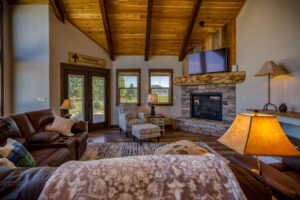Your Pagosa Springs Home
Elevated.
Pagosa Springs’ Premiere Homebuilder
Portfolio
Explore Our Homes
San Juan Homes: Building Custom & Semi-Custom Homes
Enjoy the best design & thoughtful function
combined together
Designed to your specifications and our exacting standards.









